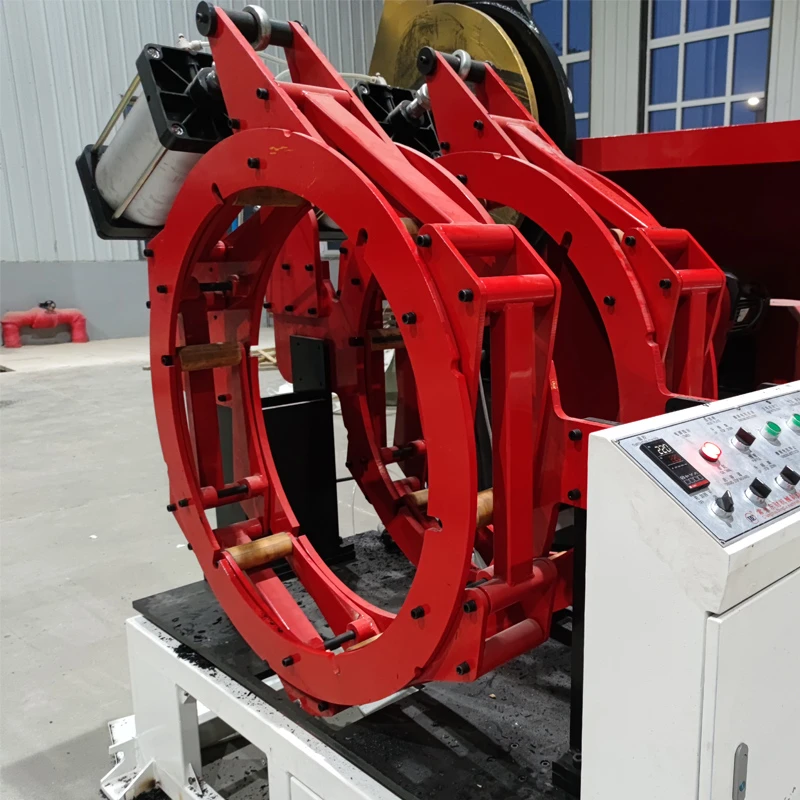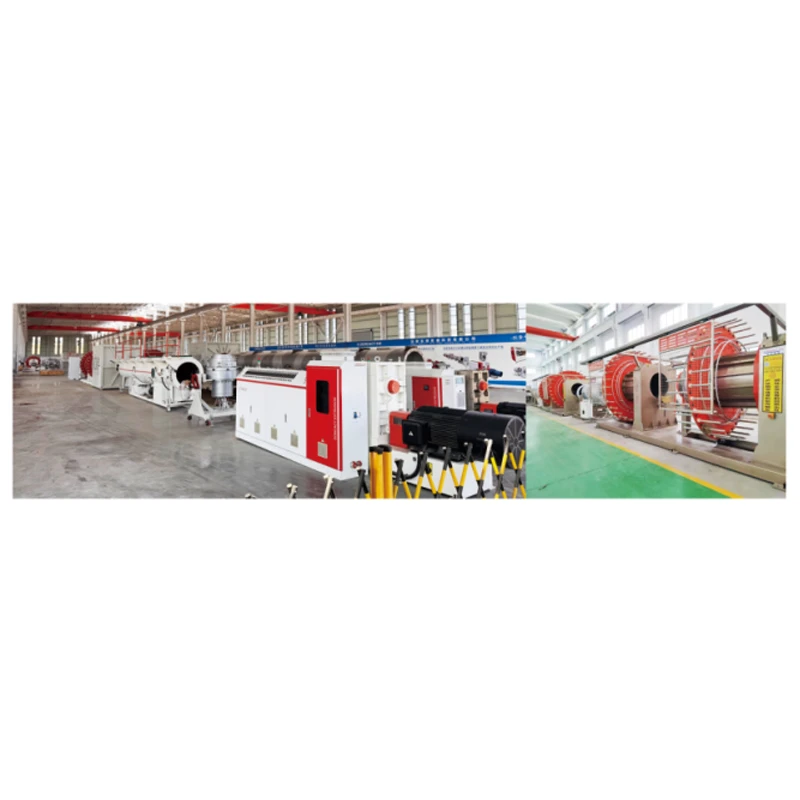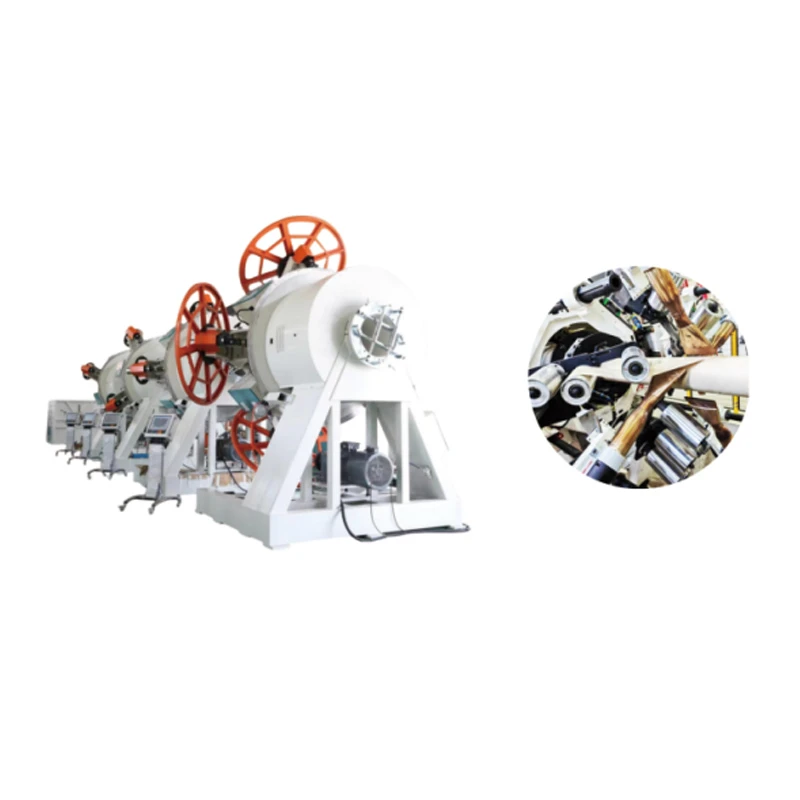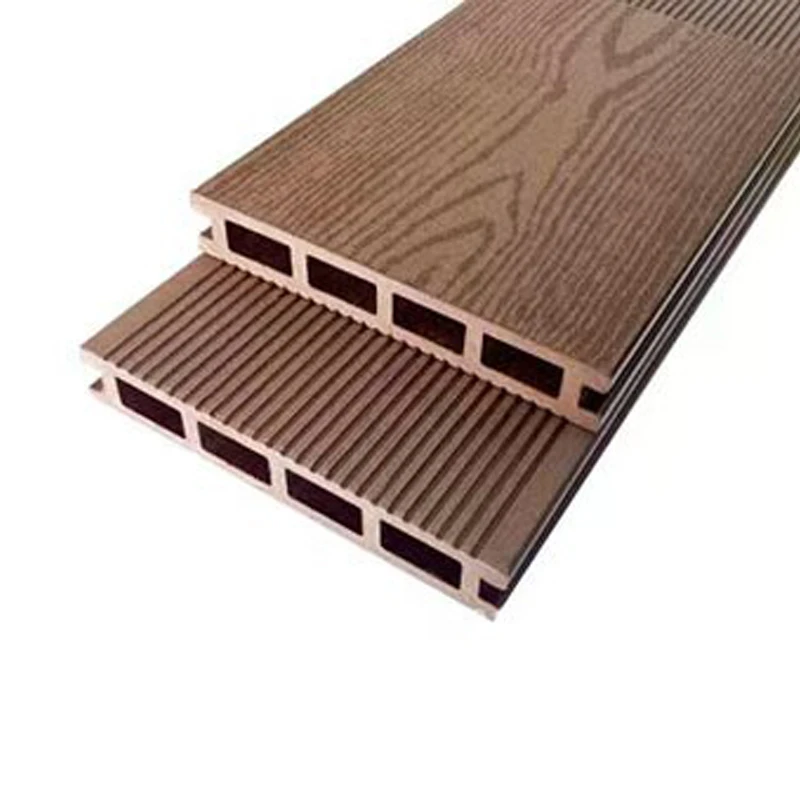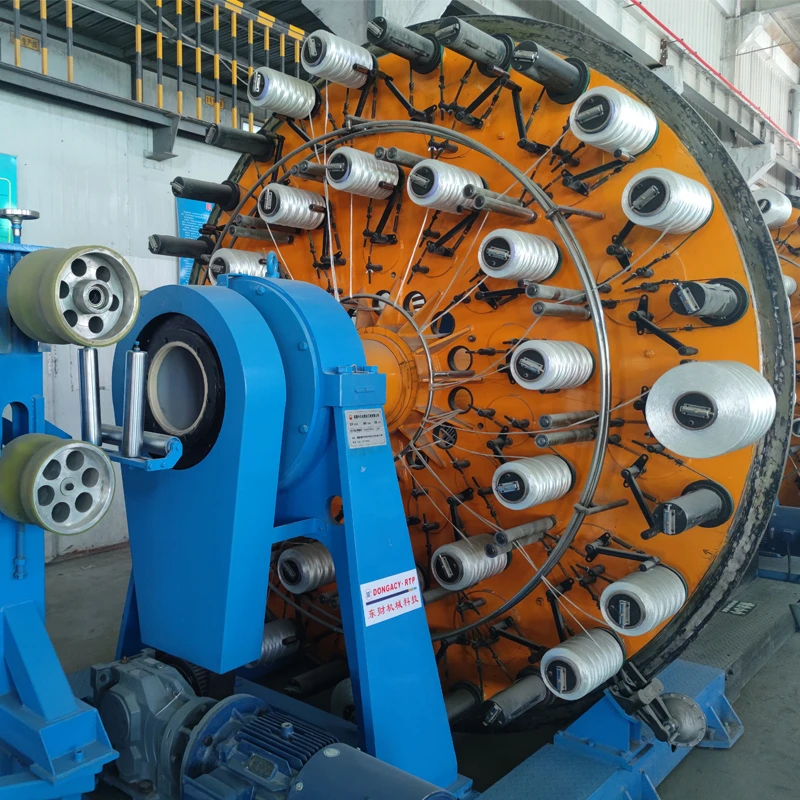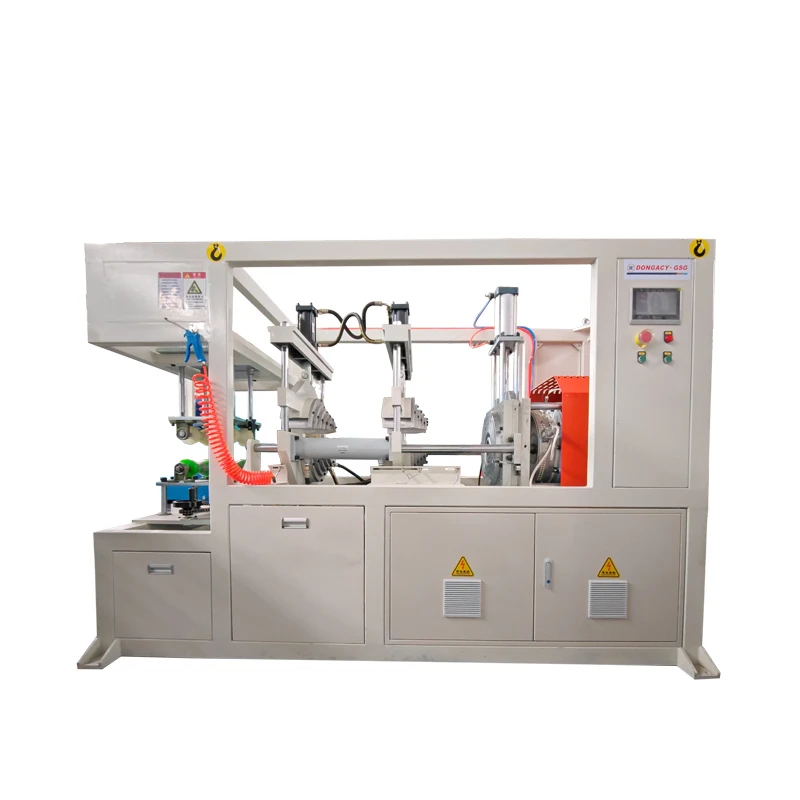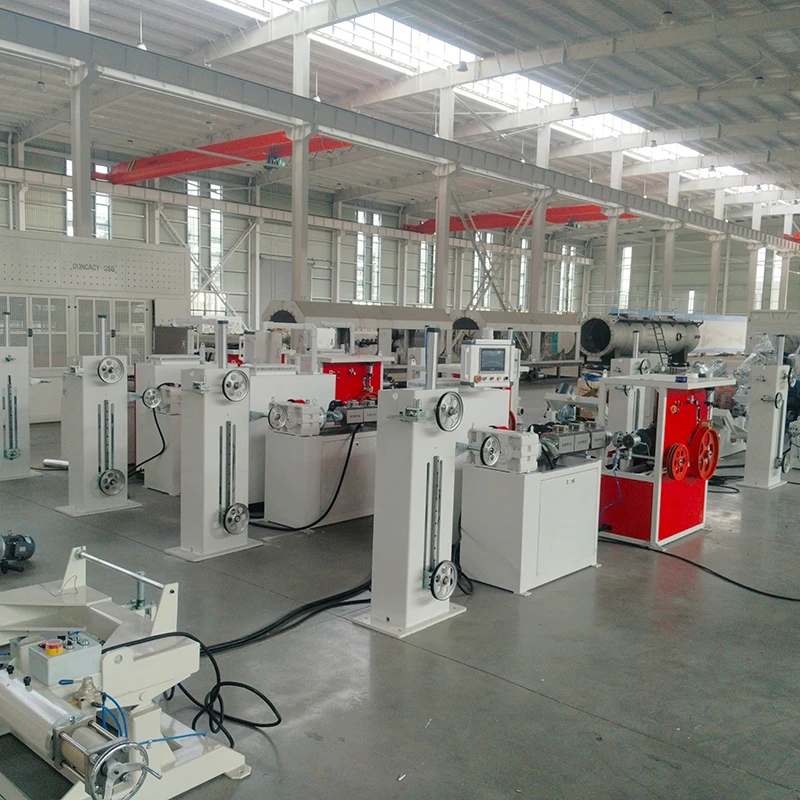
- Fundamentals of modern profile extrusion systems
- Technical advancements in production efficiency
- Performance metrics and system capabilities
- Manufacturer comparison analysis
- Customization options for specialized needs
- Industry-specific implementation case studies
- Strategic considerations for equipment acquisition
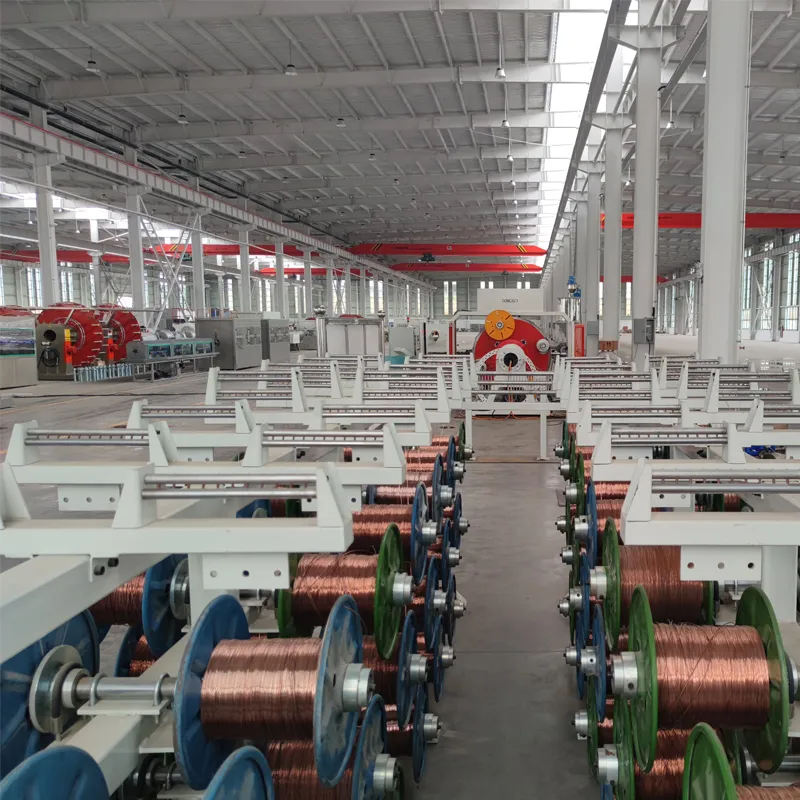
(profile plastic extrusion line)
Understanding Modern Profile Plastic Extrusion Line Technology
Contemporary profile extrusion systems transform polymer compounds into continuous linear products through controlled melting, shaping, and cooling. The extrusion line begins with raw material preparation where plastic pellets undergo drying and preconditioning to ensure optimal moisture content below 0.05%. Material then enters the extruder barrel featuring a precisely engineered screw design rotating at 10-100 RPM. Industry data indicates screw length-to-diameter ratios between 24:1 and 30:1 provide optimal melting efficiency for profile production.
Technical Advancements Driving Production Efficiency
Modern plastic profile extrusion lines incorporate groundbreaking technologies that optimize resource utilization. Equipped with energy recovery systems, they convert up to 40% of drive motor heat into usable energy, reducing total facility consumption. Integrated thickness measurement tools feature 0.005mm precision sensors that automatically adjust die settings at 1,500 corrections per hour. These lines maintain tolerances of ±0.3% continuously for over 1,200 production hours. Advanced downstream components include multi-stage calibrated cooling systems that reduce crystallization stress by 65% compared to conventional methods.
Critical Performance Metrics and Capabilities
Standard plastic profile extrusion machinery delivers throughput ranging from 50kg/hr for precision medical profiles to 1,200kg/hr for construction applications. Production velocity typically falls between 2-40 meters per minute depending on profile complexity. The average yield rate for contemporary systems exceeds 94% at sustained production speeds when processing commodity resins. Annual downtime has been reduced to under 5% through predictive maintenance interfaces that monitor wear patterns on critical components.
| Manufacturer | Output Range (kg/hr) | Energy Efficiency (kW/kg) | Changeover Time (min) | Tolerance Precision (mm) |
|---|---|---|---|---|
| KraussMaffei | 220-950 | 0.19 | 35 | ±0.10 |
| Milacron | 180-820 | 0.21 | 42 | ±0.12 |
| Battenfeld | 250-1100 | 0.18 | 28 | ±0.08 |
| Clextral | 150-680 | 0.22 | 38 | ±0.15 |
Adaptable Configuration Systems
Leading equipment providers offer adaptable profile extrusion platforms with modular design architecture. Production configurations encompass twin-screw arrangements for fiber-reinforced composites, tandem extruders for multi-layer profiles, and specialized crosshead designs for complex geometries. Most manufacturers provide diameter-adjustable tooling with changeover kits that reduce adaptation periods by 70%. Options include hybrid drive systems accommodating voltage requirements from 380V to 480V and specialized screw designs handling filled materials with up to 55% mineral content.
Industry-Specific Production Solutions
Construction sector implementations demonstrate plastic profile extrusion line capabilities manufacturing PVC window components exceeding 10-meter lengths with thermal transmittance ratings below 1.0 W/(m²K). Automotive installations produced glass-reinforced PP seat tracks exhibiting 45% weight reduction versus aluminum equivalents. Medical applications yield antimicrobial tubing profiles compliant with USP Class VI certifications, while appliance manufacturers achieve UL94 V-0 rated cable management systems through fire-retardant formulations.
Strategic Investment in Profile Production Technology
Operators evaluating plastic profile extrusion line investments should prioritize systems with Industry 4.0 connectivity and SCADA compatibility. Recent installations show operators achieving ROI within 11-24 months through production line integrations that increase output by 30-40% while reducing labor costs. When selecting systems, consider projected expansion plans – modular plastic profile extrusion platforms allow capacity increases up to 200% through frame reinforcement and drive upgrades rather than complete replacements.
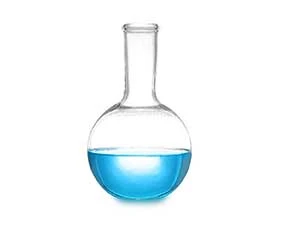
(profile plastic extrusion line)
FAQS on profile plastic extrusion line
Below are 5 groups of professional FAQs around profile plastic extrusion lines, using the specified and HTML format:Q: What is a profile plastic extrusion line used for?
A: A profile plastic extrusion line manufactures custom-shaped plastic products like window frames, tubing, and trim. It melts raw polymer pellets, forces the molten plastic through a die to shape it, and then cools/solidifies the profile into its final form. This process supports high-volume production of uniform cross-section profiles.
Q: How does a plastic profile extrusion line handle different materials?
A: Plastic profile extrusion lines process thermoplastics like PVC, ABS, and polypropylene by adjusting barrel temperatures, screw design, and cooling methods. Material-specific extrusion screws manage viscosity and melt stability. Compatibility varies by machine design, ensuring optimal output for rigid or flexible formulations.
Q: What are essential components in a plastic profile production line?
A: Key components include: 1) Extruder (screw/barrel assembly for melting plastic), 2) Profile die (shapes material), 3) Calibration unit (dimension control), 4) Cooling tanks (water/air-based solidification), and 5) Haul-off/cutter (conveyance and sizing). Auxiliary systems like feeders and mixers enhance functionality.
Q: How is downstream equipment integrated into plastic profile extrusion lines?
A: Downstream systems synchronize with extruder output for seamless automation. Pullers grip cooled profiles at controlled speeds to prevent distortion, while cutters trim lengths via programmable logic. Conveyors, stackers, or coiling units complete the line for packaging or secondary processing.
Q: What production variables impact output quality in profile extrusion lines?
A: Quality hinges on melt temperature control, die design precision, cooling efficiency, and puller tension stability. Variables like screw speed, polymer flow rate, and ambient conditions require real-time monitoring. Regular calibration checks maintain dimensional tolerance (±0.1mm) and surface finish consistency.
` tags with "Q:" prefix - Answers in `
` tags with "A:" prefix - All FAQs limited to ≤3 sentences - Semantic rich-text structure with grouped `
-
Innovative Solutions in PVC Pipe Production LineNewsJul.18,2025
-
Innovative Solutions in Pipe Extrusion Production LineNewsJul.18,2025
-
Advanced Plastic Profile Extrusion SolutionsNewsJul.18,2025
-
PVC Profiles: The Future of Durable and Cost-Effective Construction SolutionsNewsJun.06,2025
-
PVC Pipe Extrusion LineNewsJun.06,2025
-
High-Quality Polyethylene Pipe Production LineNewsJun.06,2025
-
High-Performance Tube Production LineNewsJun.06,2025

